#I'll go with the wiki
Explore tagged Tumblr posts
Text
An N x Braidon oneshot
#murder drones#ao3#wattpad#ffn#fanfic.net#serial designation n#murder drones n#n murder drones#n md#md n#murder drones braiden#Is it Braiden or Braidon?#Fuck it#I'll go with the wiki#N x Braidon#N x Braiden
5 notes
·
View notes
Text

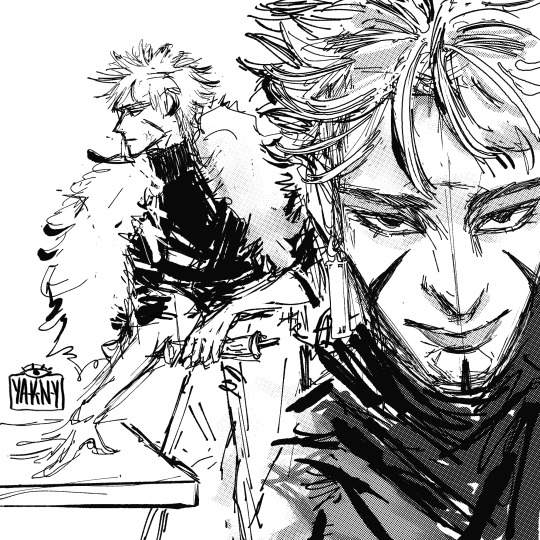

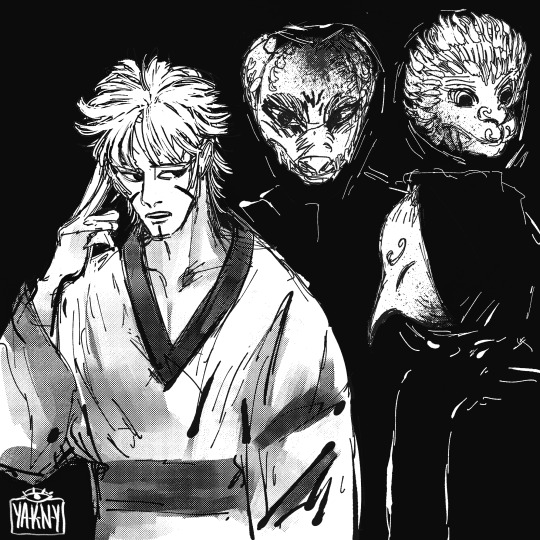

5/4/2024-5/5/2024: What a Heavy Burden, to Command Knives Where to Stab
#listen. if there's ANY spelling errors. tell me or else i'll be haunted by it forever :(#doodles#doodlings#one doodle every day#my writing#naruto#tobirama senju#ah. anywho! i...#have tried to do a quick google search on what the anbu masks were inspired by. the wiki reveals NOTHING!#but i've seen yokai animals throughout this book i'm reading and it stuck. (originally i was going for oni masks but it didn't have the#cute animal traits anbu masks have to them so back to yokai it was. which is neat. i think it goes harder like this.)
169 notes
·
View notes
Note
(slides in) berry nightjar
(slides over)

I was going to do one of those greater eared ones, but then I saw this dude's little peets and I
#kirehn draws#palette prompts#birds#thank you moira I appreciate how I can always count on you sliding into my inbox :3c#I. was not going to do any tonight but I started and got on a roll#could not stop myself#this is a long-trained nightjar#and this tail is NOT to scale I couldn't fit it all his tail is RIDICULOUS#it's the main photo on the wiki if you're curious his feet are adorable#always see photos of nightjars lying on a branch I never realized their feet are so TINY#oh the compression is not great :/#I'll add a closeup without the tail making me shrink things so badly tomorrow#i already rolled into bed an hour late I'm not getting back out
42 notes
·
View notes
Text
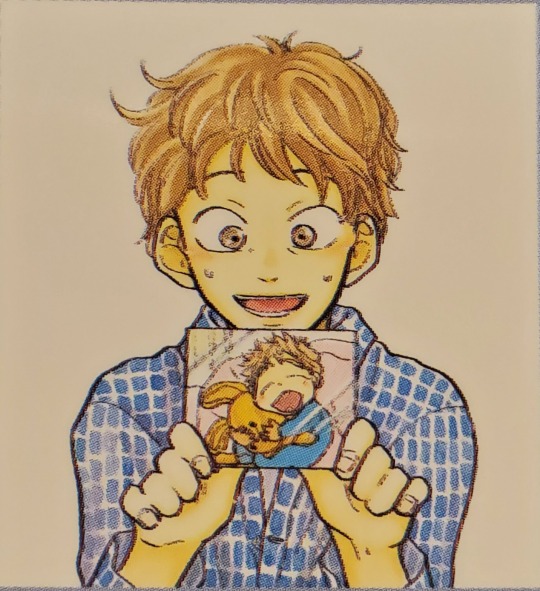
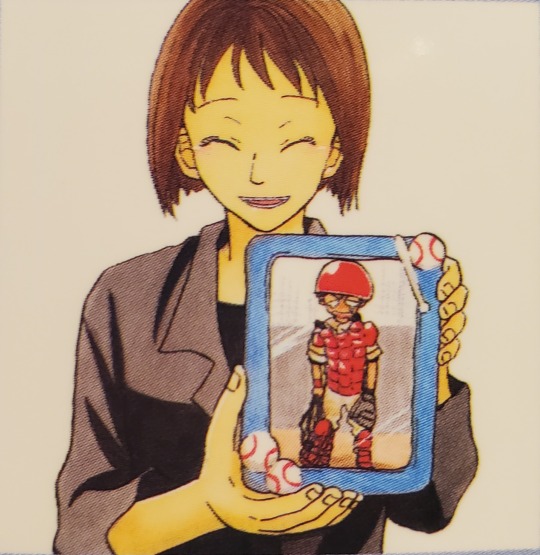

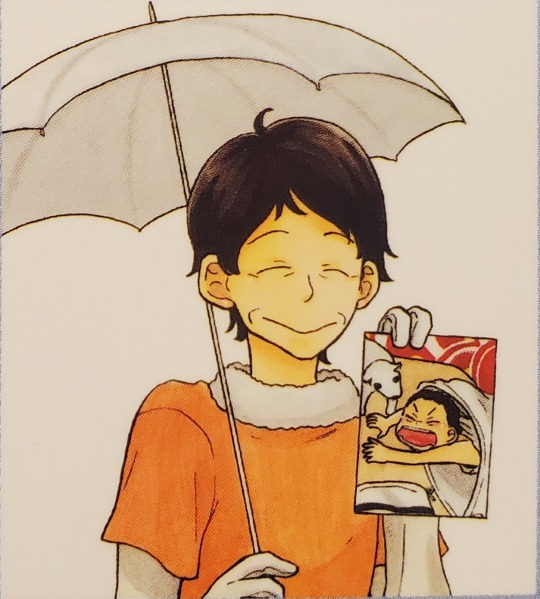
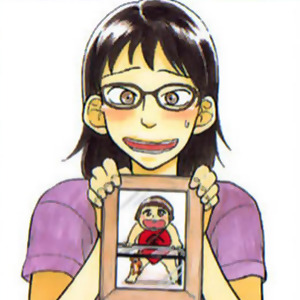
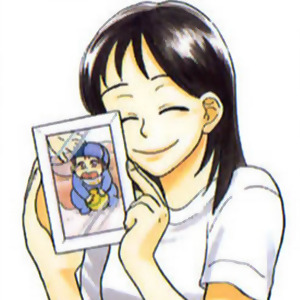
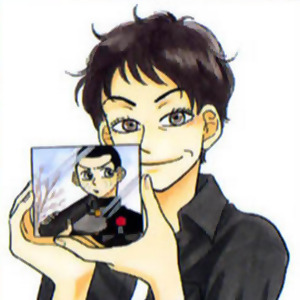
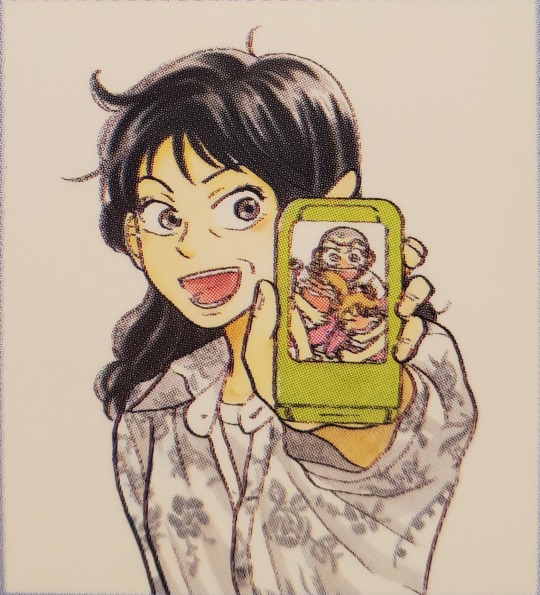
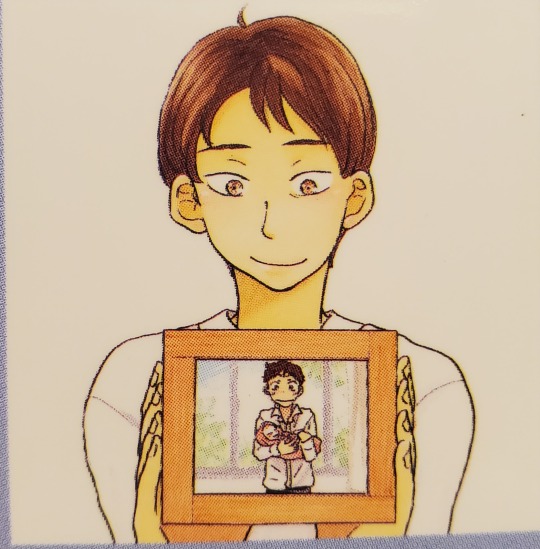

#oofuri#ALL THE MOMS W THE BABY PICS!!!!!!!!#kind of horrible that sakaeguchi is left out bc his mom is dead....like what abt a pic of his dad w a baby photo :(#if youre wondering why tf some of them are clearly scans and some r clearly photos let me take you on a journey#i saw these on the wiki and i was like I NEED THEM ALL IN ONE PLACE. NOW!#so i started saving them all. but then 1. oki's mom was missing. and 2. the scans are kinda fuzzy#but i was like w/e I'll just go grab my volume and take a pic of oki's mom#but the line quality is a lot higher so i was like ah whatever I'll just take photos of all of them!#but izumi suyama and mizutani sans are all printed a little fuzzy/off on my volume copy :( so i stuck w the scans!#no one asked. anyway. here!
227 notes
·
View notes
Text
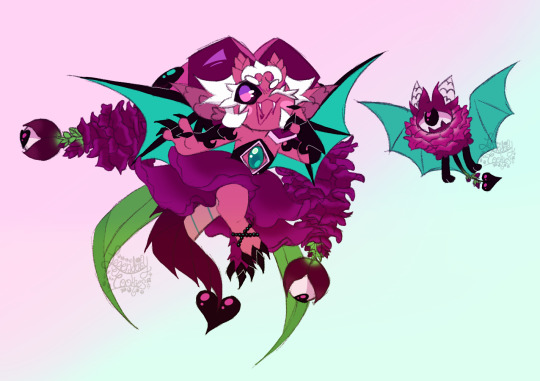
Snapdragon - Mischief
#lychee dragon cookie#lycheye#'birthday' pieces part 2 electric boogaloo#i'm going based on what the wiki says their release dates were#for sea moon fire and wind i'm using their line release dates#but after this batch i'm switching to their kakao release dates because they're earlier#i learned about that like today and missed sea's if i went with the kakao dates so you know#lmao#this year i'll be giving each legend a flower twist to their design based on flowers i've chosen for them#for the record i gave lychee snapdragon long before snapdragon cookie existed#ok byeee
125 notes
·
View notes
Text
decided to check out the sfth discord for the first time in forever and came across several conversations about the fandom wiki and like. I got so happy for some reason lol. like yes hi there's a fandom wiki now yes I created it I'm glad you guys like it :D
#shoot from the hip#this is so silly but like#I see them talking about the fandom wiki and I get so giddy for some reason#I almost want to insert myself into some of these conversations and go#“HEY SO I WAS ACTUALLY THE ONE WHO MADE MOST OF THE WIKI”#but that would absolutely be obnoxious so#I'll just happily stim to these people talking about the fandom wiki and they'll be none the wiser :]#(sometimes I worry that I yap too much about the wiki lol)#(idk I'm just really happy that people are liking this project that I impulsively decided to start one random day)
29 notes
·
View notes
Text

#naruto#uchiha itachi#missed eyes#chapter 49#just 500 chapters ago!#to think i was misled by the naruto wiki telling me his first appearance was later DESPITE haveing rewatched this scene 87867545 times#for my forest of death piece....#thank you anon for reminding me!#i am very much enjoying looking at this older scratchy style again :)#the 'missed eyes' tag is taken from my izuna blog where i also missed a couple jpegs....#mostly caught those ones following everymadara :)#glad i have attentive eyes on here directly this time#anyway i'll be doing these for now until i've caught them all and then we'll go back to present time
34 notes
·
View notes
Text

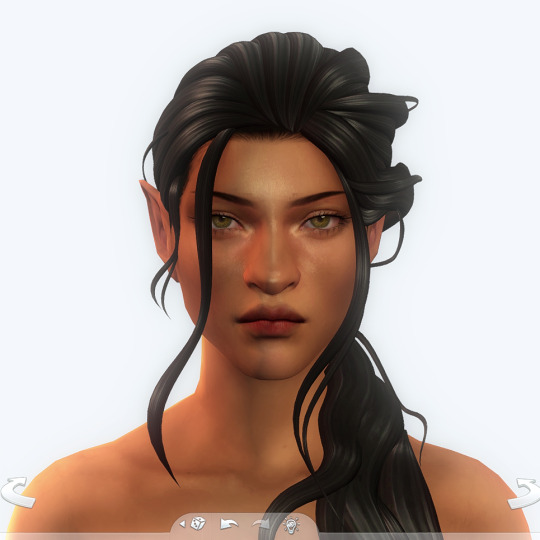


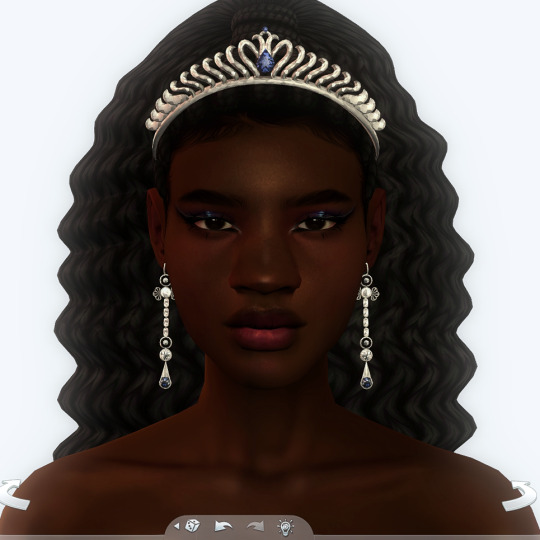


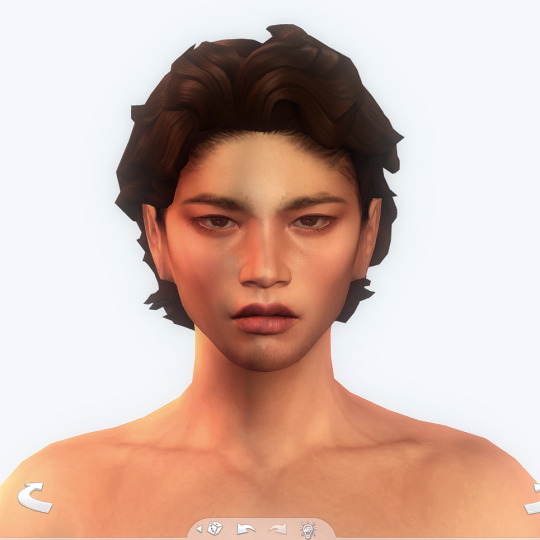
in case i can't think of an actual good way to edit them this is the eragon cast in the sims as i envisioned them as a kid
#ts4#inheritance cycle#i can't do nasuada justice i need to go cc shopping i think#murtagh and angela have GOT to be trans im sorry theres no other explanation. i know it to be true#tbh as a kid i was like orik's a ranga right... he is not. the wiki says brown hair not red. okayyyy sure i can adapt#i need a good adaptation i'll even let lmm into it just to bless it so its good. ple as e#'eragon getting slightly more slanted eyes from the blood oath celebration is problematic' well i always saw him as asian anyways. so .#seph.txt
110 notes
·
View notes
Text
E!2080 factbook (that's what i'll call it): brainwashing 😵
I wanna talk about brainwashing because it’s kinda important for my story and sometimes explains some clones’ behavior :) This topic deserves some attention :p

In general, in my AU we have a cult atmosphere in the Shadow Tower, BUT it's not really a cult. The main goal of the Shadow Government is to grow clones into worthy leaders and soldiers, but at the same time loyal and stupid enough to make it easier to manipulate them. Various methods were used: working with corrupt psychologists, inciting hostility between clones, fake rumors, fake news on fake TV, fake books on the shelves next to the real ones, and of course the scare tactic.

Their favorite manipulation is obviously, “we're doing this for your own safety, the world outside is cruel,” and clones were sitting in the tower like princesses from fairy tales, yeah. You got me, right? Lots of manipulation. But despite the approximately equal attitude towards everyone, it still affected different clones in different ways. Perhaps some biological factors played a role, which I doubt, BUT Scudworth's influence on the clones also helped some to stay sane. I've said this a hundred times, but Scudworth LOVES his clones and he doesn't like the operation he was forced to participate in. Therefore, he did everything possible to prevent them from becoming puppets of the shadow government (he had his own methods, but I'm too lazy to describe them).

So, let's get to the point. I mentally divide all the clones into sane, deviant and ZOMBIES (or brainwashed). Sane people are those who have their own position, are less influenced by the Shadow Government, understand the danger of the situation and want to gain personal freedom. Zombies are people who are doomed to stay in the tower and be used by Shadow Figures for their personal purposes, because their perception of the world is completely turned inside out and will not be the same anymore. Between them, the deviant ones are usually clones who have some disorders due to trauma after living in the tower, but they are still aware of the whole situation and basically refuse to be someone's slaves. Now that we have a rough idea of the spectrum, I want to discuss with you which clone is where on this spectrum.

I was smart enough only to distribute the main characters (and a couple of secondary ones). Most of them are closer to sanity in the spectrum, but they tend to deviate due to psychological trauma, obviously. I want to mention Joan as an example, because although she is the “brains of the team”, she is prone to Stockholm syndrome and, as shown in the first part, sometimes remembers “home” and regrets what she did. That’s why she is not 100% sane.

But I definitely will have a team of complete zombies in the comic who will condemn the main characters for fighting, recruit other runaway clones and try to return them to the tower. Yes, there are clones who were initially against escape and were content to live in the tower, but now they survive on the streets and are extremely unhappy with the situation. But I don’t know who could it be.… But these are definitely clones from the extras, episodic or secondary! You can even suggest your own fan clones, just for fun! (Reminder: My AU is open to everyone and your fan clones can participate in the story, and they can be in any part of the spectrum!).

That's it. I have nothing to add… ask me questions about my AU if you want, I’ll be very glad to answer!
and read exclamation!2080 on globalcomix ofc!!! :p
#clone high#clone high au#exclamation!2080#e!2080#guess these posts are going in the “ideas and concepts” section of my wiki because that's how i wanted to do it#oh yeah gotta work on my wiki i have two untranslated pages#insane lore drop every day follow for more#btw didn' mention the thing with ponce but you can always ask me bc sometimes i just forget to explain something a][dp[afposdfasdf#or maybe i'll make a whole post for him#because damn he is a legend in my au#thanks to my friend who gave me the idea#okay hope you're interested (I'M TRYING SO HARD TO INTRIGUE YALL 😈)
30 notes
·
View notes
Text
*squints*
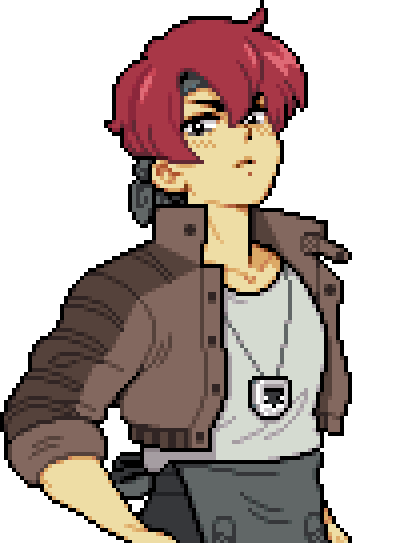
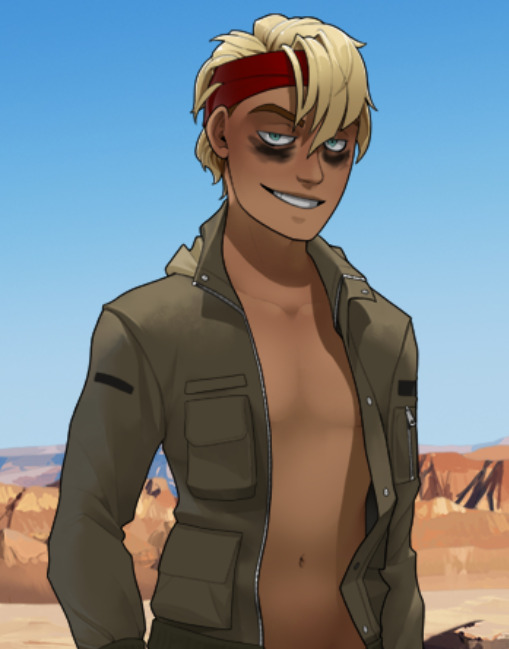
and they both bleached their hair too
#not tagging other game cuz I'm not about to jumpscare the farmers with an 18+ murdersim in their tags over a slight similarity ANYWAY#this is for the dozen of you whose cute/horny interests also overlap exactly like this. You are my favorite freaks on this website 😌✌️💖#I am mentally well and playing tpof again thanks to this<3#... cuz the fandom wiki got closed (so there go the sprites when I needed this pic of Derek) but it's fandom so ehh fuck em#The new btd/tpof/ykmet wiki is on Miraheze btw.#maybe I'll get to the relaxing farm sim eventually lol#derek goffard#I need to watch the Other Guy beat Derek with a metal bat 😘
25 notes
·
View notes
Text

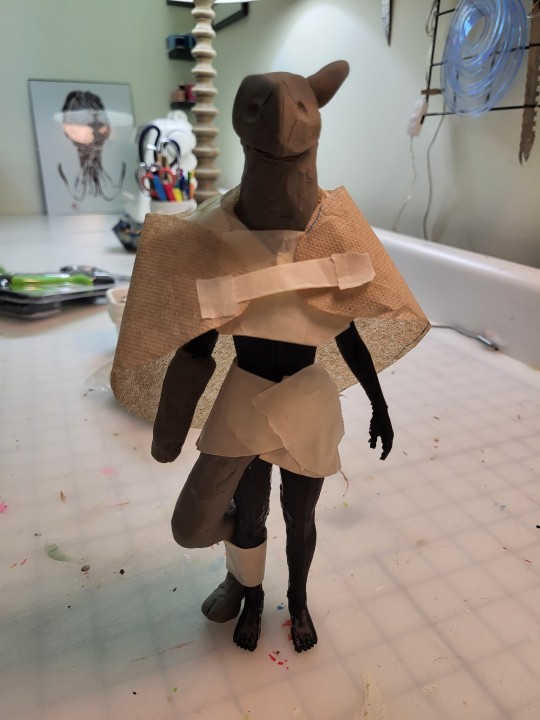
It's at the "mostly inscrutable mad science" stage of the planning phase, but I'm finally starting on a new cosplay build!
Starting off by sculpting the forms I want onto a figure that's 1/8 my size, and also making some clothes mockups out of paper napkins I had lying around. Once I'm more or less happy with the shape of it all, I'll pull flat patterns from the tape and napkins, blow those patterns up to 800% size, and use the enlarged patterns as the starting point for the real, human-sized crafting!
#ragsycon exclusive#ragsymakes#ragsycosplay#the problem is: the character I'm making has no official name#the fandom calls them owlks#the wiki page calls them stranger's inhabitants#the game files call them ghost birds#I'll probably go with owlk for brevity's sake#outer wilds
37 notes
·
View notes
Note
Based off a poll I saw- do you have a LEAST favorite welcome home character, and if so, who? (Btw, sally “won” the poll. I don’t think she would stand for that)
HUH good question... if i had to pick by sheer process of elimination, it would probably be... either howdy or the question answerer? not because they're poorly written or get on my nerves or anything, i just find myself thinking about them the least often compared to other characters. will this change in the future? who knows!
#also sally can and should kill for those poll results. they hate to see a failgirl winning#anonymous#ask#welcome home#sorry for taking so long to respond to speculation/update the wiki/etc. btw#i have been going through a bit of A Crisis wrt my relationship with making art and turns out that extends even to fanwork. yippie /s#i'll spare y'all the gory details though
20 notes
·
View notes
Text
For any toontown tierlist fans out there. I made a tierlist for toons (mainly from ttcc, some rewritten is included) since I couldn't find any. I'll attach and image below of all the ones I included, but if anyone has any suggestions I'm all ears.
Link if you want it
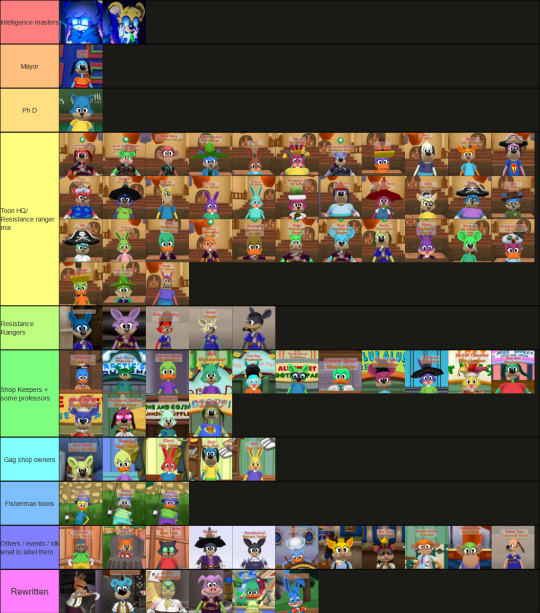
#clemramble#actually im tagging it now. i lied about doing it later 3s ago#ttcc#toontown corporate clash#Some of these characters are cross-server#like surlee and lowden and flippy and you get the idea.#But if they were in clash I used the clash images since it was easier on me#theres also some characters missing bc theres no wiki link and with so many toons i didnt feel like going into game and personally-#screenshotting them. But I might add more later and do it#my goal is to eventually get every toon. unless theres over 2000 in which im limited by the website#Also requests aren't just ttcc exclusive. i'll add rewritten ones too if ppl want. idc im a toon fan i heart all toons#im just a ttcc focused acc/player so i feel it disingenuous to add a bunch of rewritten toons#anyways if this exists already i'll delete but all the ones i found were like. toon species or sounds and i wanted NPCS!!!
20 notes
·
View notes
Text
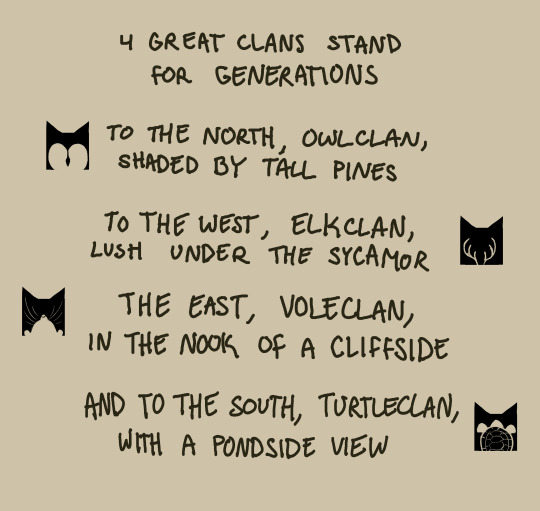
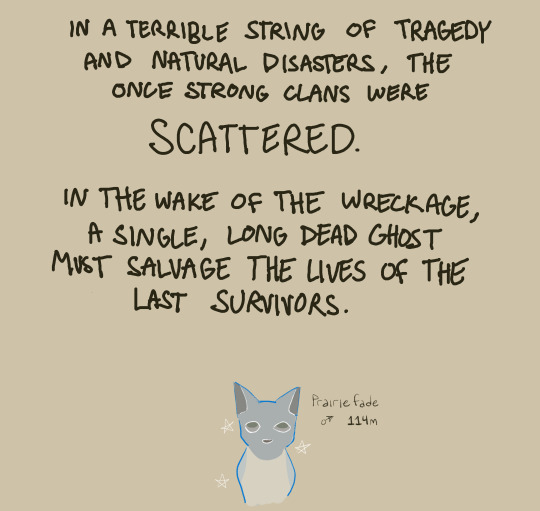


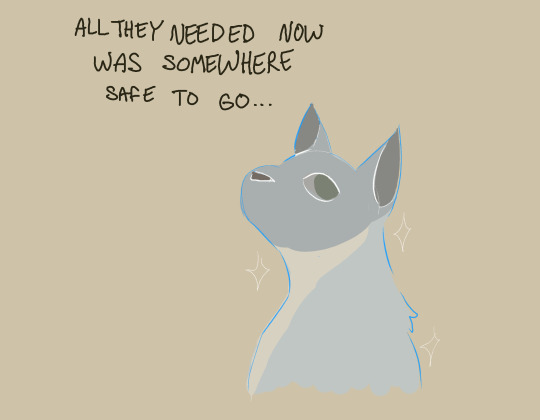
Prologue, part 1
[PREVIOUS] [START] [NEXT]
#ghhh hello#i have to finish part 2 still so it'll be a minute b4 the next part is out but hi!!#clangen#clangen comic#PROLOGUE#id in alt text#I'll post at the very least written allegiences after the prologue is fully out#im still trying to decide how I want to post the character profile bio thingies#I'm also going to end up updating most if not All of the character's tags so idk how to do THAT either lol#maybe they'll get a masterlist of all apperances? in their bios??? we'll see#edit: hi the character list is up. im not doing apperances until i figure out how to make a wiki or something#and that wont be until AFTER at least chapter 1 is finished#THAT SAID!#Prairiefade#Curlystar#Shiveringfoot#Foggypelt#Rattledance#Heavyfin#Whiskerpaw#Moonkit#Heronburr
12 notes
·
View notes
Text
Spreadsheet listing all finales submitted so far. Finales in bold have been submitted more than once.
Submissions are still open and will be open until November 10th at 6pm PST. (Submissions are now closed)
The top five worst finales so far are from:
Supernatural
How I Met Your Mother
Star Trek: Enterprise
Sherlock
Lost
#22 of them have more than one submission btw#I'll update the spreadsheet like once a day probably#worstfinale#submissions#tournament submissions#some of the two-parters have wonky titling so for the most part I'm going off of what the wikis say#…#. I am genuinely so excited for when we do best finale and these finales pop up again in that bracket.
63 notes
·
View notes
Text
i'm about to be hilarious.


#🔖 stars in your eyes - stars in your heart#i felt Inspired and recreated the fe wiki layout from scratch and im going to write Allllll about my forneus hcs on there#while keeping the vibes of his actual wiki page...#i dont know when i'll be done with this. there's a lot to say and i'm Very busy right now. but this was definitely very fun#i also have to fix up a few things. the layout is still a WIP...
9 notes
·
View notes